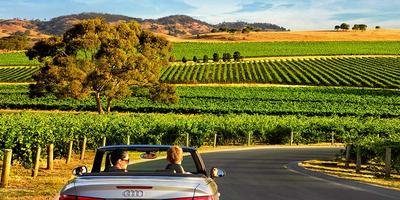Best Livestock for Beginners: Choosing Your First Animals
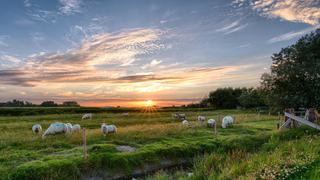

Introduction
Adding livestock to your hobby farm represents an exciting yet significant step that transforms your agricultural experience from simply growing plants to creating a more complete ecosystem. For beginners, selecting appropriate animals significantly impacts your farming journey. The right choices can build confidence and provide rewarding experiences, while inappropriate selections can lead to frustration, financial strain, and potential welfare concerns. Australian hobby farmers face unique considerations including extreme climate conditions, distinctive predator threats, and specific regional regulations that influence livestock suitability. This guide focuses on beginner-friendly hobby farm livestock options specifically suited to Australian conditions, helping you make informed decisions that align with your property capabilities, personal goals, and management capacity while prioritising animal welfare and sustainable practices.
Top Livestock Choices for the Novice Hobby Farmer
Chickens are widely regarded as the perfect starter livestock for hobby farmers thanks to their manageable size, straightforward care requirements, and the range of benefits they offer. Beyond providing fresh eggs daily, chickens help with organic pest control by foraging and contribute to garden health with their nutrient-rich manure. For Australian beginners, it’s important to choose heat-tolerant breeds that thrive in local conditions. Breeds such as Australorps, Orpingtons, and Plymouth Rocks are excellent options, known for both their resilience and temperament. Proper housing is essential—ensure predator-proof coops with at least 0.5m² of space per bird indoors and 1m² per bird in an outdoor run. Chickens also need constant access to clean water, quality layer feed, grit to aid digestion, and opportunities for dust bathing, which helps them stay clean and mite-free. With the right setup, chickens can be a rewarding and sustainable addition to any hobby farm.
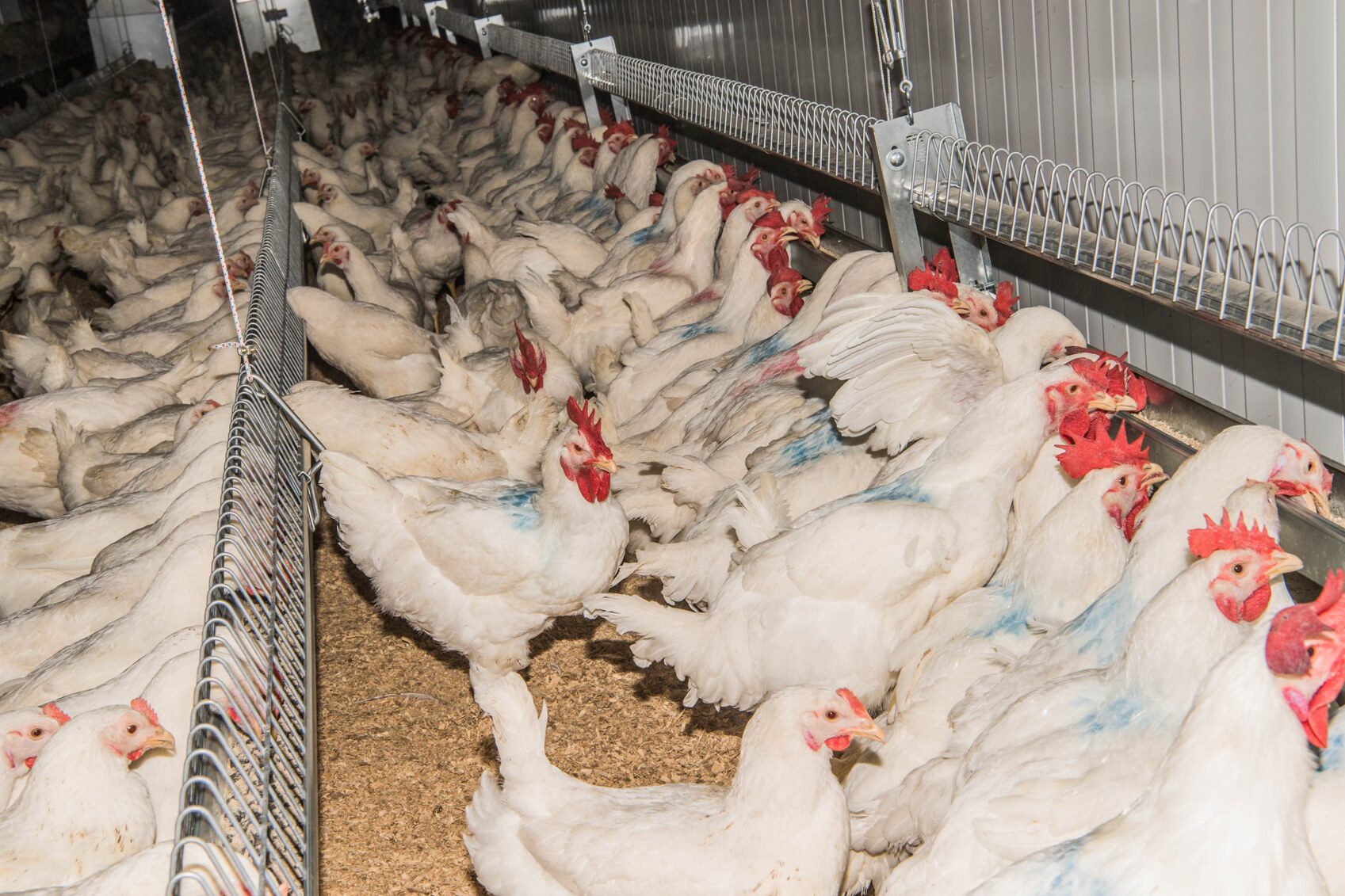
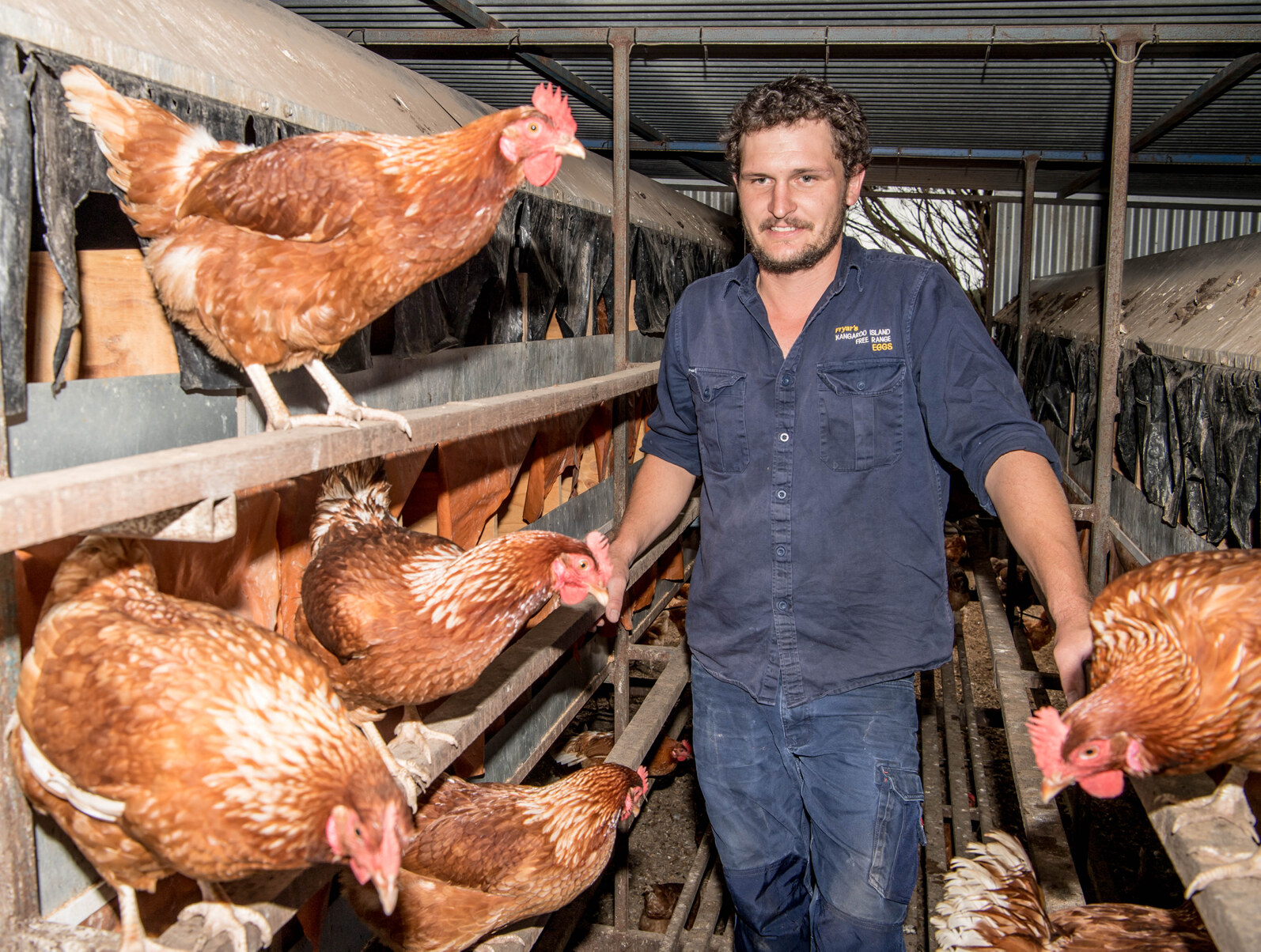
Goats are another excellent choice for beginner hobby farmers, offering a variety of benefits beyond companionship. Depending on the breed, goats can provide milk (dairy breeds like Saanens or Nigerian Dwarfs), meat (such as Boer or Kiko breeds), or fiber (like Angora goats for mohair). Additionally, goats are highly effective biological weed controllers, naturally helping to manage blackberries and other invasive plants on your property. Known for their intelligence and playful personalities, goats can make enjoyable and interactive farm companions. However, their agility and curiosity mean they require secure fencing at least 1.5 metres high, with no gaps they could squeeze through or climb over. Provide them with basic shelter to protect against rain and sun, appropriate mineral supplements, and, most importantly, companionship, as goats are social herd animals that thrive in groups. With proper care and infrastructure, goats can be a rewarding and multifunctional addition to any hobby farm.
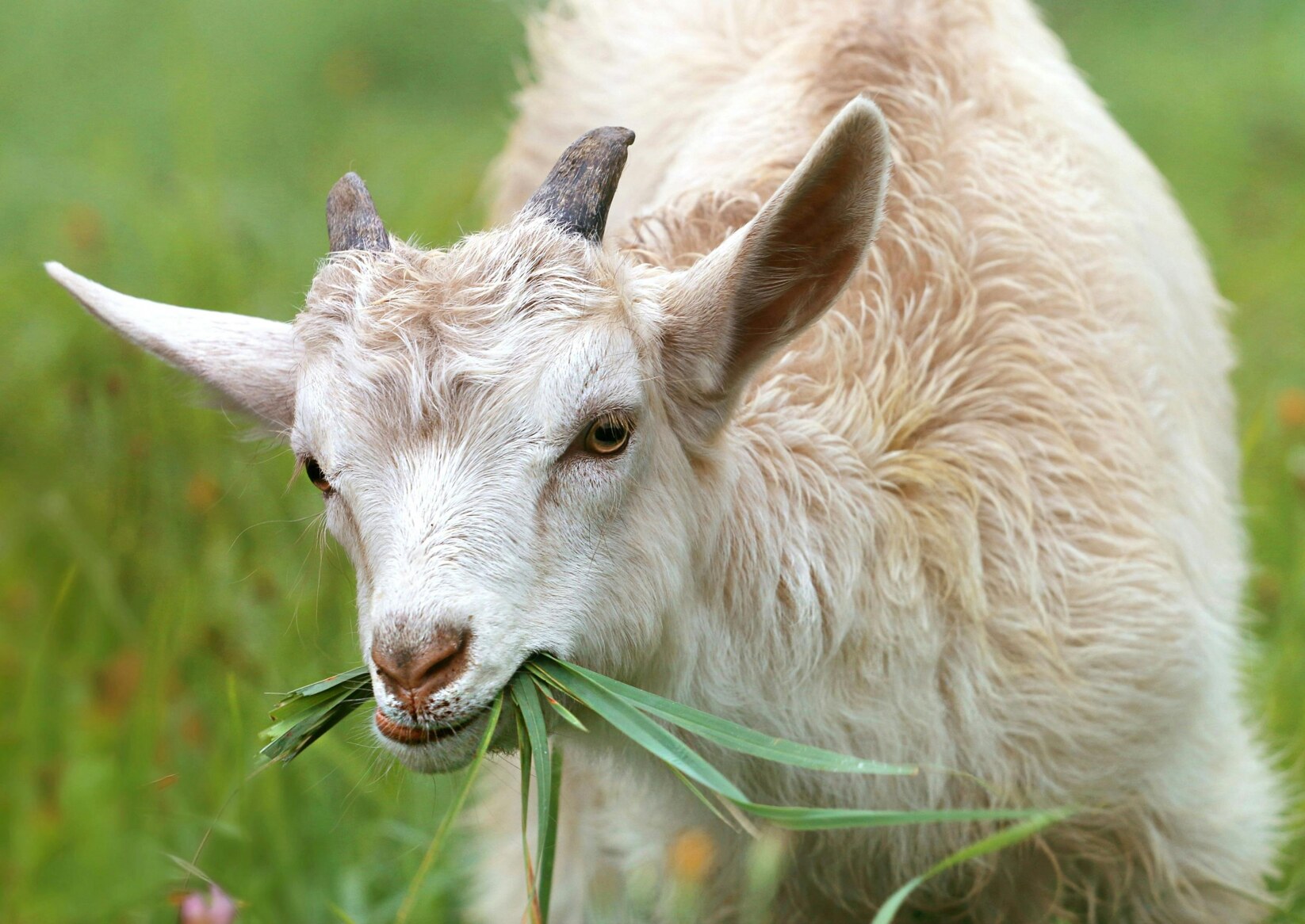
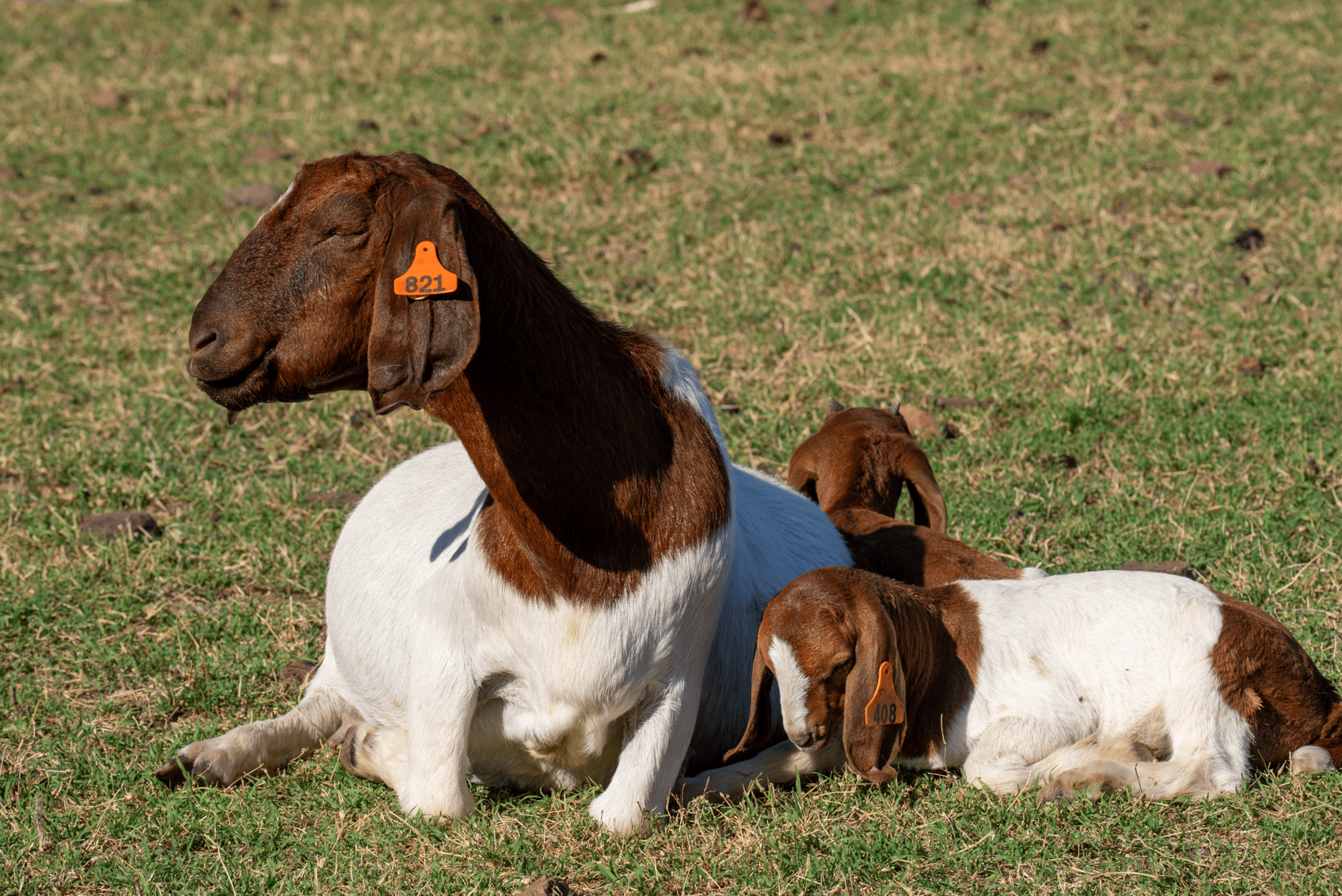
Sheep remain a traditional yet highly relevant option for Australian hobby farmers. Dual-purpose breeds such as Dorpers (known for meat production and low-maintenance care) or Corriedales (valued for both wool and meat) are popular, while miniature breeds like Babydoll Southdowns are ideal for smaller properties. Beyond providing wool and meat, sheep can also function as natural lawn mowers, helping to manage pasture growth. Sheep are generally well-suited to Australian conditions but do require basic management, including regular hoof checks, shearing for wool breeds, and parasite monitoring, especially in regions with higher rainfall. Protecting sheep from predators like wild dogs is crucial, so secure fencing is essential, and some farmers may choose to employ guardian animals such as Maremma dogs for added security.
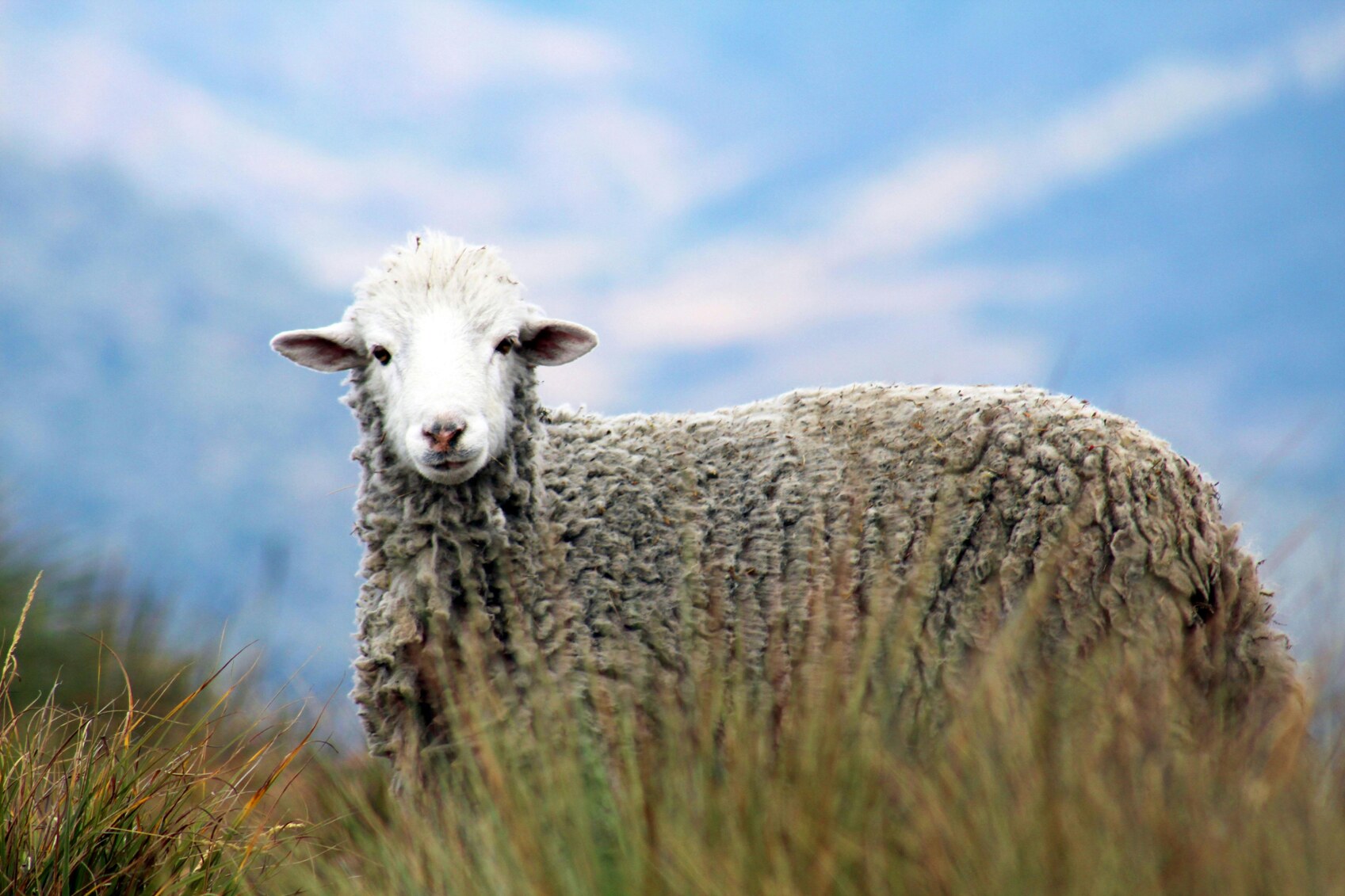
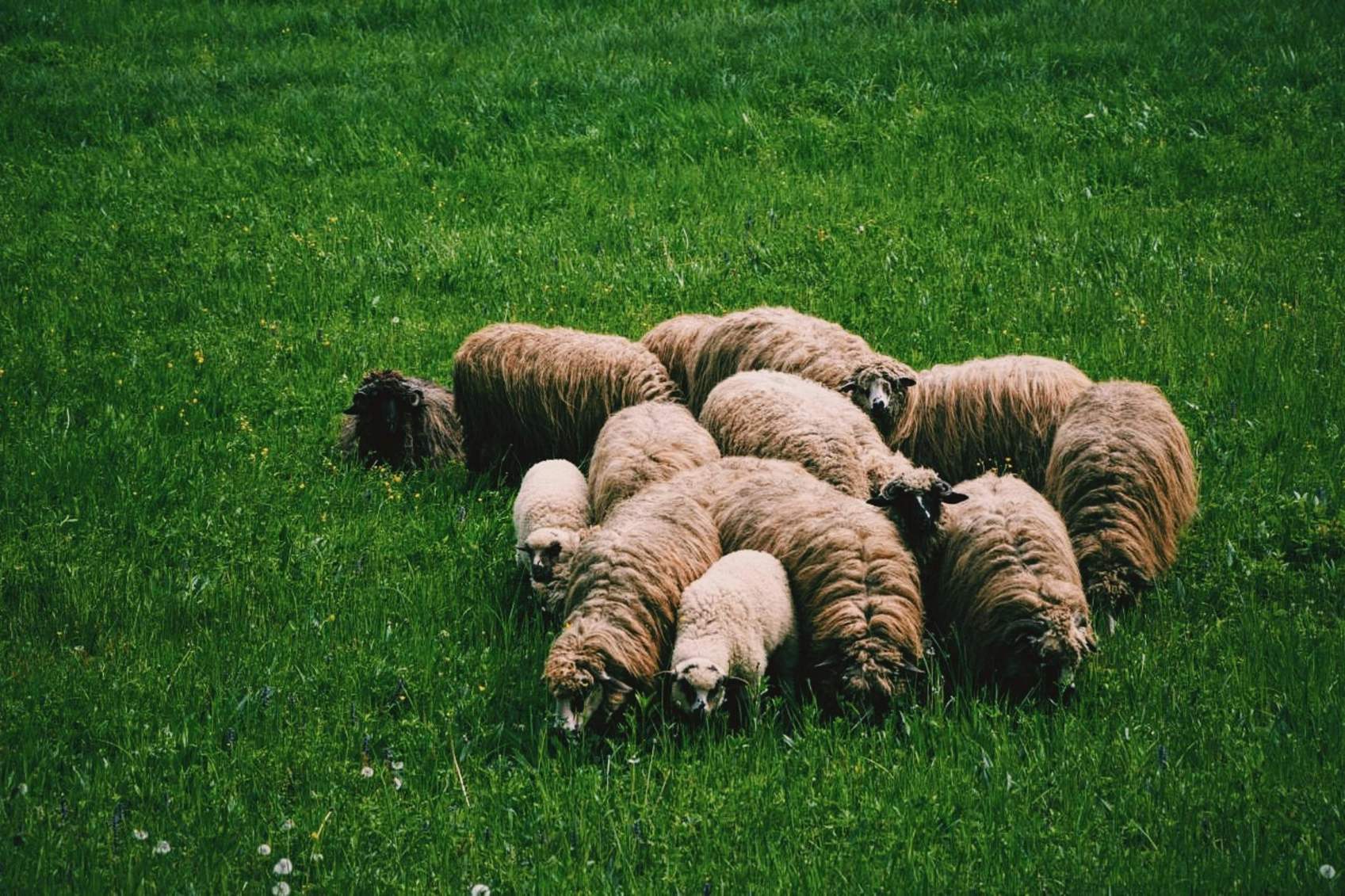
Pigs are another rewarding option for small-scale farming, offering rapid growth rates and efficient feed conversion for meat production. Heritage breeds like Berkshires or Tamworths thrive in outdoor systems and can attract premium prices from specialty butchers or through direct-to-consumer sales. With proper care, pigs can be both a profitable and enjoyable addition to a hobby farm.

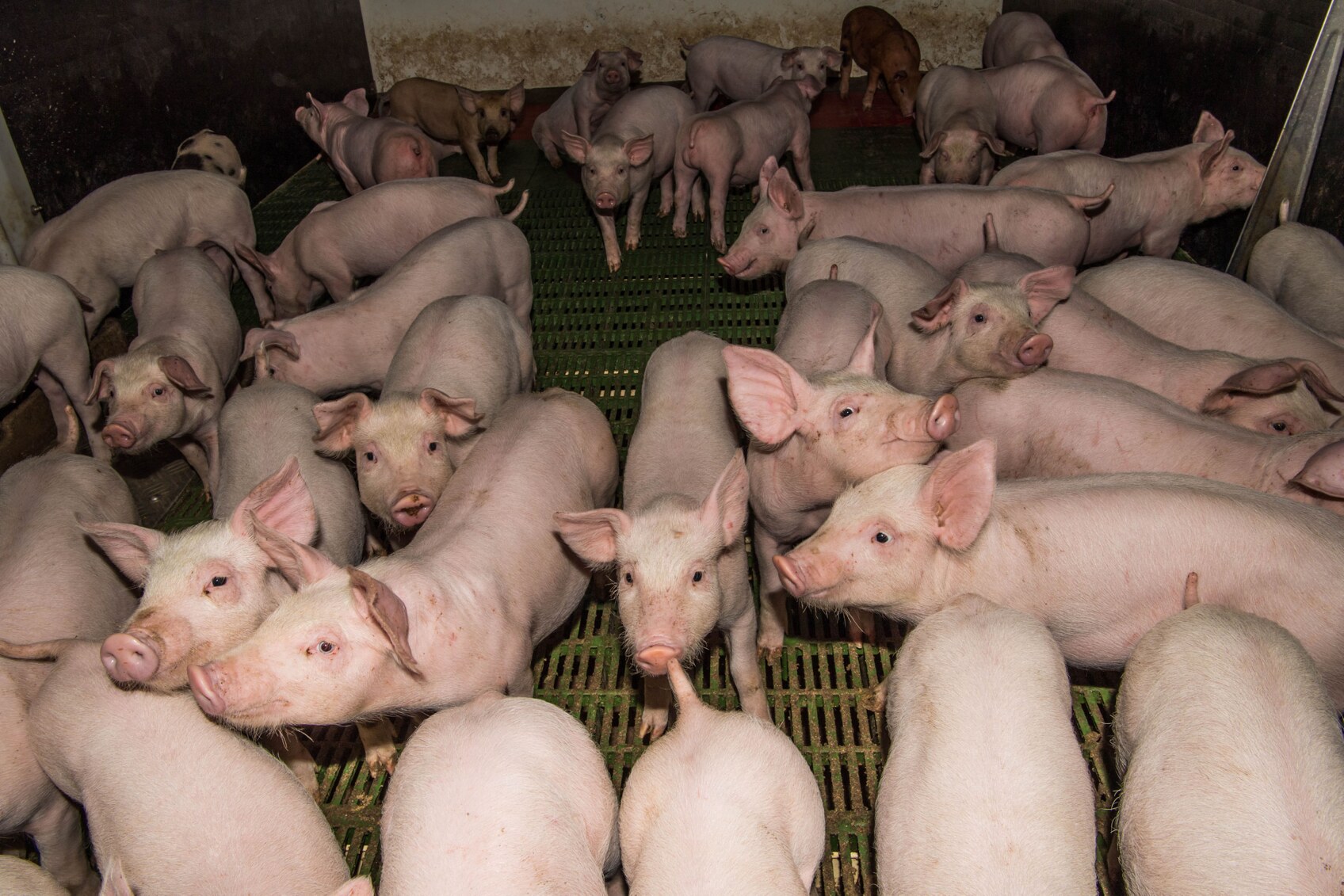
Ducks offer an excellent alternative or complement to chickens, especially on properties with marshy areas, dams, or ponds. They are natural pest controllers, consuming large quantities of slugs, snails, and mosquito larvae, and certain breeds, like Khaki Campbells and Indian Runners, often outperform chickens in egg production. These breeds are well-suited to Australia’s variable climate and require only basic shelter, protection from predators, and access to clean water deep enough to submerge their heads, which is vital for their health and hygiene.
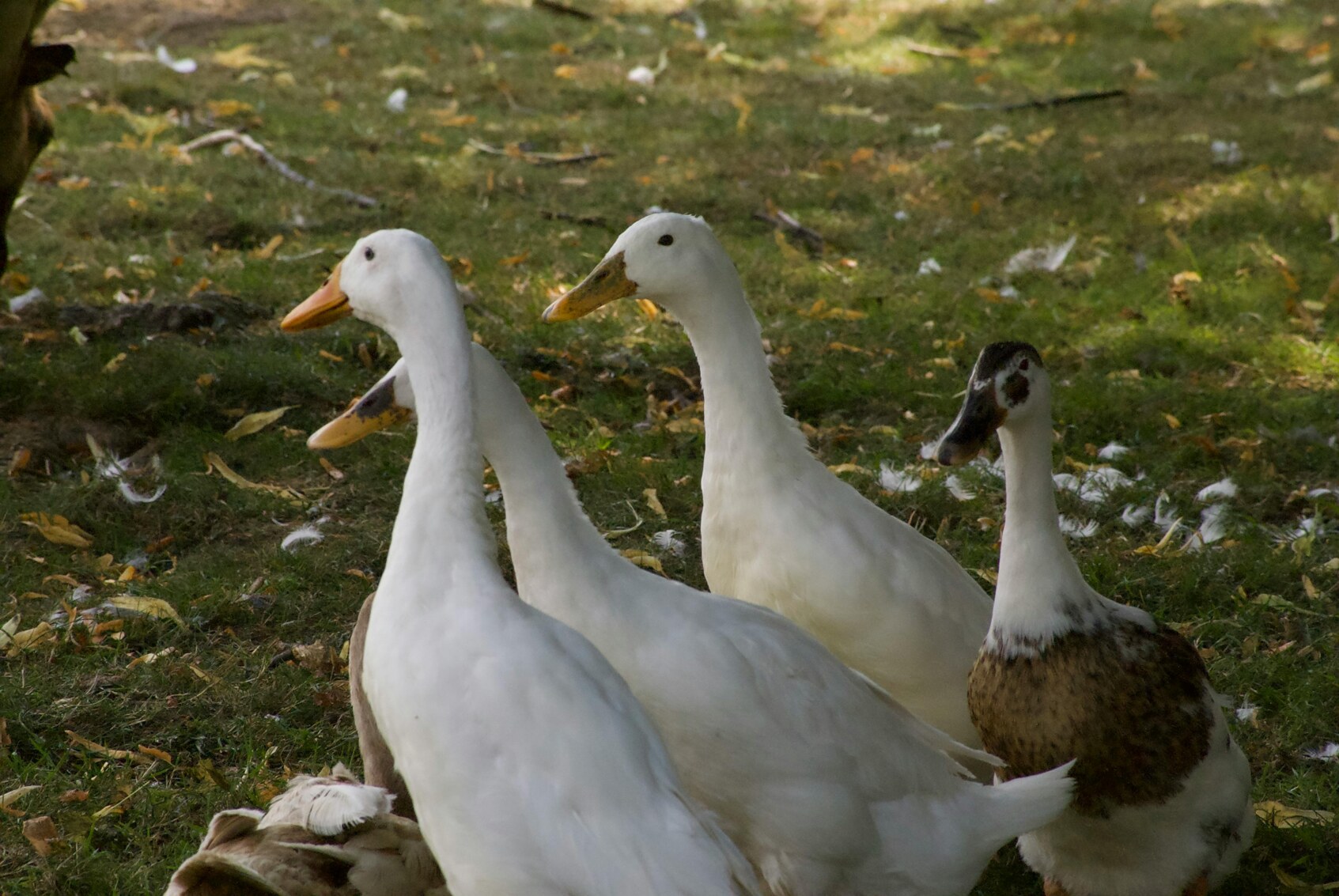

Factors to Ponder When Choosing Your Livestock
Land size and carrying capacity are fundamental factors when selecting livestock. Australian conditions typically support fewer animals per hectare compared to international guidelines, due to variable rainfall, soil diversity, and often less productive pastures.
To avoid overstocking, calculate a realistic carrying capacity by considering your property’s soil type, pasture quality, irrigation potential, and seasonal variations. Starting with a lower stocking rate allows pastures to establish, reduces pressure on land, and gives you the flexibility to increase livestock numbers gradually as your confidence and management skills develop.
Time availability is another critical consideration. Different animals require varying levels of daily care, fencing maintenance, feeding, and health checks. Be honest about how much time you can commit to livestock management to ensure the wellbeing of your animals and the sustainability of your property.
Most livestock require 15–30 minutes of daily care for tasks like feeding, health checks, and—for poultry—egg collection. However, dairy goats involve a much larger time commitment, as they need to be milked twice daily, regardless of weather, holidays, or other responsibilities. It’s crucial to ensure this level of care aligns with your lifestyle and long-term availability. Financial considerations are just as important as time. Costs extend beyond the initial purchase of animals to include:
- Setup expenses – fencing, shelters, secure housing, and handling facilities
- Ongoing costs – feed, bedding, mineral supplements, and veterinary care
- Equipment needs – feeders, water systems, and transportation
It’s wise to create a realistic budget, factoring in contingency funds for emergencies such as unexpected vet bills. Generally, smaller species like poultry or miniature breeds have lower initial and ongoing costs, making them an easier starting point for first-time hobby farmers.
Australia’s diverse climate conditions make it essential to choose livestock suited to your specific region. In northern areas, opt for heat-tolerant breeds, while southern regions may require animals with access to adequate winter shelter. Since drought resilience is critical across much of the country, always consider how your animals will cope with dry conditions.
Before purchasing livestock, check your local council regulations, as some areas have restrictions on the types or numbers of animals allowed based on zoning classifications.
Having clearly defined farming objectives will also guide your livestock choices:
- If your goal is fresh eggs for the household, prioritise egg-laying chicken breeds.
- If you’re aiming to maximize return on investment, consider dual-purpose breeds that offer multiple outputs (meat, milk, wool, or eggs).
- If your focus is on educational or family experiences, select docile, child-friendly animals that are easy to handle.
By aligning livestock selection with both climate considerations and personal goals, you’ll set your hobby farm up for success.
Essential Husbandry for Healthy Animals
Consistent access to clean water is the most fundamental requirement for all livestock. Water consumption varies greatly depending on species, weather, and production stage, so it’s important to design appropriate delivery systems that:
- Prevent contamination
- Avoid freezing in colder regions
- Minimize overheating in summer
Even with automatic systems, perform daily checks to ensure continuous availability—never assume your animals have water without confirming it.
Nutrition must also be tailored to the species, age, and production stage of your livestock. While pasture can provide part of the diet, it rarely meets all nutritional needs. You’ll often need to supplement with quality hay, specially formulated grain rations, or species-specific feed products. Take time to research dietary requirements carefully, and be aware of common feeding risks, such as:
- Copper toxicity in sheep
- Poisonous garden plants for goats
Protective shelter is another basic necessity. Structures should suit both the species and climate:
- For larger livestock, three-sided shelters facing away from prevailing winds often suffice
- For chickens, provide secure, predator-proof coops with proper ventilation
- All animals need access to shade in summer to prevent heat stress or death
Finally, regular health monitoring is critical. By establishing a baseline for normal behavior and appearance, you’ll be able to detect potential health issues early. Build relationships with experienced livestock veterinarians, learn basic health checks specific to your animals, and research common illnesses so you can respond promptly if problems arise.
Conclusion
Selecting beginner-friendly livestock is the cornerstone of a rewarding and sustainable hobby farm. Start conservatively with manageable species such as chickens or ducks, then expand gradually as your confidence, skills, and infrastructure develop. Prioritise animal welfare from the outset by providing appropriate housing, nutrition, and proactive health management.
For those ready to begin, Farmbuy’s comprehensive livestock listings and educational resources offer an excellent starting point. Connect with reputable breeders, research species-specific care, and continue learning as you embark on this fulfilling small-scale farming journey.
Frequently Asked Questions (FAQs)
What is the easiest livestock to raise for beginners?
Chickens are widely considered the easiest livestock for beginners. Their manageable size, simple care needs, and daily egg production make them an ideal starting point for hobby farmers. With just a small backyard, you can comfortably keep 10–12 birds, provided they have secure housing and enough space to roam. Chickens are adaptable to various climates and have straightforward nutritional needs, easily met with quality commercial feed and occasional kitchen scraps. They also offer quick rewards, typically starting to lay eggs within 5–6 months. Plus, their natural behaviors—scratching, foraging, and pest control—can help maintain a healthy garden ecosystem. For those with slightly more space, ducks are another beginner-friendly option, especially if your property has damp areas or ponds. If you're ready for a bit more commitment, miniature goat breeds offer a fun and rewarding experience, provided you have secure fencing and basic shelter.
What animals are low maintenance?
Low-maintenance livestock options are ideal for hobby farmers seeking minimal daily upkeep while still enjoying productive animals. Some of the easiest to manage include:
- Sheep, especially hair breeds like Dorpers or Wiltshires, which shed their wool naturally and do not require shearing. These breeds are generally hardy, adapt well to climate variations, and often lamb unassisted. With adequate pasture, basic shelter, and secure fencing, they require little supplementation except during harsh seasons.
- Meat rabbits are another low-maintenance option, particularly for smaller properties. They need modest housing, simple daily feeding and watering, and provide a high-protein yield with excellent feed efficiency.
- Honey bees are also considered low-maintenance livestock, requiring only seasonal management. They help pollinate gardens while producing honey and wax. However, beekeeping does require some specialized knowledge and equipment.
What is the most profitable livestock to raise?
Profitability in hobby farm livestock varies widely depending on factors like location, market access, and management practices, but certain small-scale ventures consistently offer strong returns:
- Specialized poultry operations are among the most profitable. Raising pastured meat birds or producing heritage breed eggs can yield excellent margins, especially when sold directly to consumers via farmgate sales, local markets, or subscription models.
- For properties with more space, small-scale dairy goat operations are another lucrative option. Producing artisanal cheeses, soaps, or registered breeding stock allows you to command premium prices, while requiring less land than cattle-based dairies.
- Heritage breed pigs raised on pasture with supplemental feed also present a profitable niche. Many consumers are willing to pay a premium for ethically raised, flavorful pork, particularly when buying directly from the producer.
However, true profitability requires careful financial planning. Account for all costs, including:
- Labor (even your own time)
- Infrastructure depreciation (fencing, shelters, equipment)
- Feed and veterinary care
- Opportunity costs
Most successful hobby farm businesses focus on direct marketing premium products to consumers who value quality, transparency, and ethical production over low-cost mass-market options.



